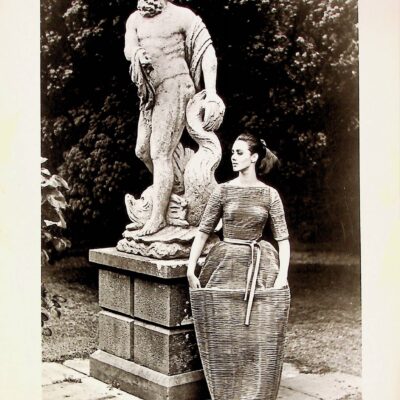
Designers 20.09.2022
13.11.2018
coutureEuropean fashion
One of the most appreciated Spanish Couturiers, who always homaged the national treasures of his country while designing for an international audience
Born in Valencia in 1895, Pedro Rodriguez became apprenticed to a tailor when he was just ten. While still a teenager, he was already designing on his own and, in 1919, he founded his fashion house, which was the first to be opened in Spain.
His work became very popular after a showing at the Barcelona Fair in 1929, making him especially known for his beaded evening gowns. With his elegant and classic style, Pedro Rodriguez seduced the high class of Barcelona and, during his career, he managed to gain international success, establishing himself as a reference in Europe’s Haute Couture.
Like his compatriot and friend Cristobal Balenciaga, Rodriguez moved to Paris at the beginning of the Spanish Civil War in 1936. While Balenciaga remained in Paris after the end of the war in 1939, Rodriguez decided to go back to his native country and quickly started opening new boutiques, in San Sebastian and Madrid. In 1940 he also founded the Cooperative of Haute Couture, of which he remained president until his death; during his mandate, he worked hard for the promotion of Spanish fashion abroad. Unfortunately, the Spain that Rodriguez returned to was ruled by the authoritarian government of Francisco Franco, who caused a relative cultural and political isolation; this is probably the reason why Rodriguez’s reputation was largely confined to Spain.
However, a great commercial acceptance in the United States arrived when in 1952 an unnamed Spanish import/export house hosted a Spanish Festival of Fashion in Madrid to lure North American clothing buyers into Spain. The festival, which featured the work of Pedro Rodriguez and four other Spanish design houses, was the first attempt to market Spanish fashion to an international audience; Rodriguez was described as the preeminent Spanish designer working in Spain.